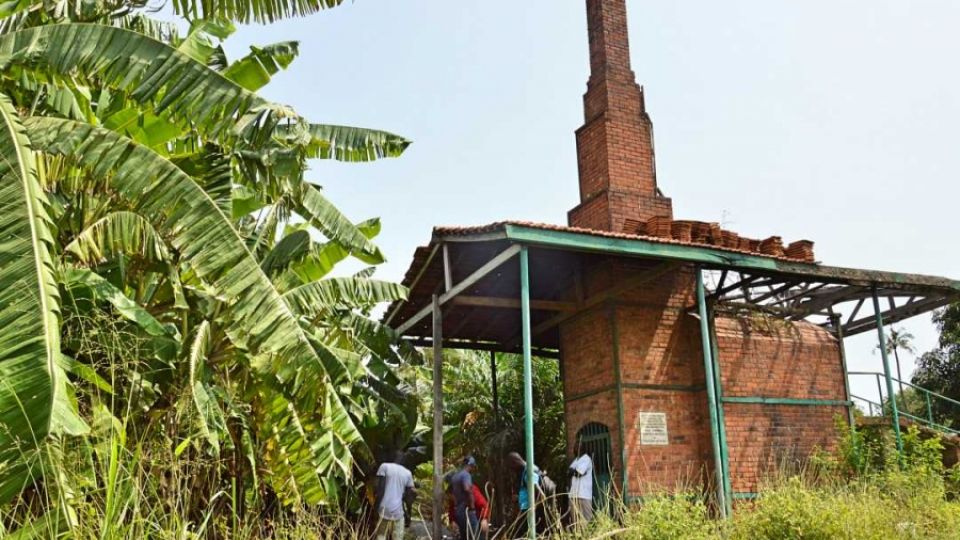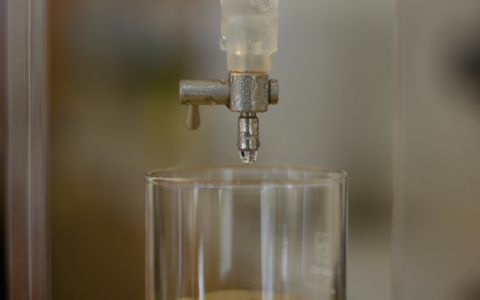The small red brick shed is located between the main building and the mortuary of the Korle Bu Teaching Hospital in Ghana's capital. It was put into operation in 2004 and used for years to burn the medical waste until about five years ago. The toxic ash was just a few meters away-- openly with no isolation whatsoever. According to the former operator of the burning process, the ash stack used to be about twice the size, but the rain washed away a significant portion of the stack eventually.
If you visit the site, you can see the chickens running around, many goats, some dogs, and lizards as well. However, people also live near the Korle Bu Hospital. Their homes are just a few meters away from the ash dump.
In 2016, a research paper titled Heavy Metal Contamination of Soils Around and Hospital Waste Incinerator Bottom Ash Dumps Site was published by the University of Ghana.
“We are anticipating heavy exposure to heavy metals and may pose a direct risk to waste workers at the incinerator site and the waste that has accumulated heavy metals in their tissues and water sources contaminated with heavy metals, or by inhalation of heavy metal laden dust from polluted soils or ash,” the conclusion of the research states [1].
See Arnika's photos: Medical waste incinerator at Korle Bu hospital
The already-proven contamination of the remaining stack may affect the people even today. The ash most likely contains other chemicals, such as brominated and chlorinated dioxins, PCBs and brominated flame retardants which can be passed on through the food chain.
The incinerator is no longer being used. Nowadays, the biological and often harmful medical waste gets dumped on a landfill in the hospital area just across the road. Yet, the potentially toxic ash pile remains.
"We don't think landfill is a good replacement if the hospital also has an autoclave, for example."
[1] ADAMA, M. et al. Heavy Metal Contamination of Soils and Hospital Waste Incinerator Bottom Ash Dumps Site . Legon, Ghana, 2016. Research article. University of Ghana. https://www.hindawi.com/journals/jeph/2016/8926453/
![]()







